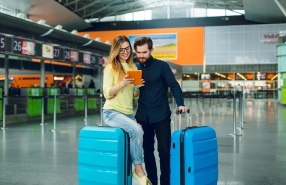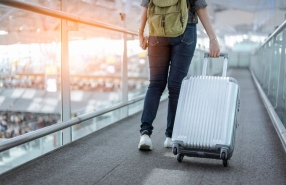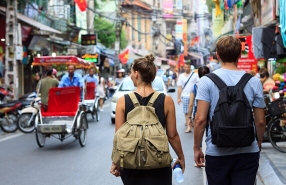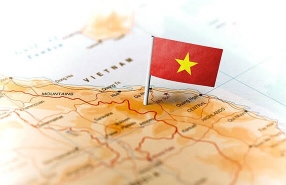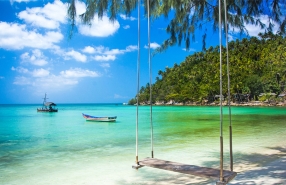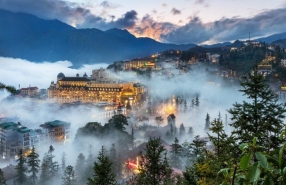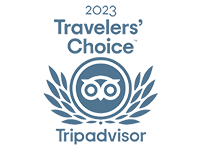Best Southeast Asia Travel Ideas In January - Where To Go And What To Do ?

Are you planning to explore Southeast Asia and looking for ideas on where to go and what to do? Wondering if January is the perfect time for your adventure? This month is ideal for visiting many countries in the region, as it falls during the dry season, offering pleasant weather, clear skies, and stunning natural landscapes. From the misty rice terraces of northern Vietnam and Laos to the golden beaches of Thailand, Cambodia, and Indonesia, Southeast Asia in January offers diverse experiences. Trek through remote villages, explore ancient temples, enjoy local cuisine, or relax on tropical islands. In this guide, we’ll share top destinations, hidden gems, suggested itineraries, and travel tips to help you plan an unforgettable trip across Southeast Asia.
Table of Contents
I. Why visit Southeast Asia in January?
January is widely regarded as one of the best months to travel to Southeast Asia, thanks to its favorable weather conditions and ideal travel opportunities. Most countries in the region are experiencing their dry season during this time, which means sunny skies, lower humidity, and minimal rainfall.
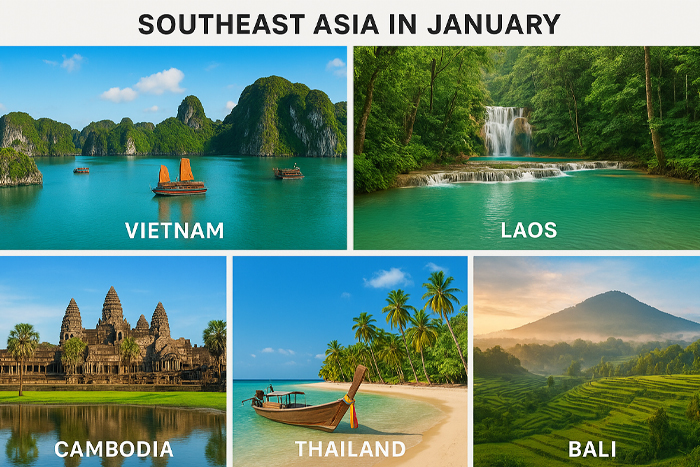
Apart from the weather, January in Southeast Asia also offers the advantage of fewer crowds at many popular tourist spots, especially compared to the peak holiday season in December. This makes it easier to enjoy attractions, take photos, and have more intimate experiences at cultural festivals or traditional markets.
Overall, the combination of excellent weather, manageable crowds, and seasonal festivals makes January the perfect month to explore Southeast Asia. Whether your goal is to relax on tropical beaches, trek through mountains, or immerse yourself in local culture, January provides optimal conditions to enjoy the diversity and charm of the region.
II. Best places to visit in Southeast Asia in January
1. Vietnam
a. Northern Vietnam - Sapa, Ha Giang, Ninh Binh
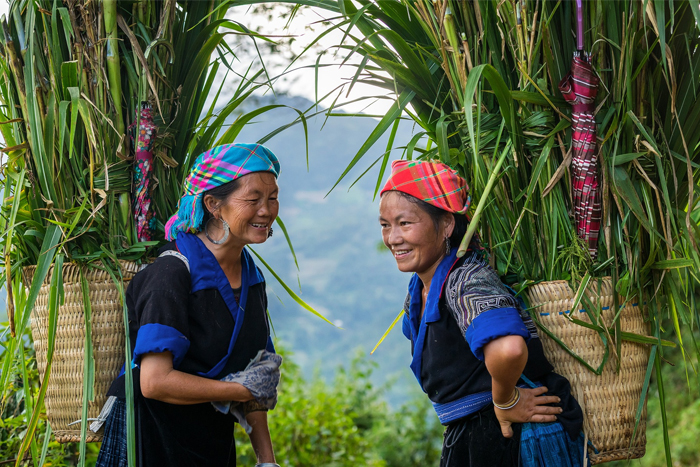
Northern Vietnam in January is a wonderland for travelers seeking cool, crisp air and stunning mountain landscapes. This is one of the top 10 places to visit in January. Sapa is famous for its terraced rice fields and ethnic hill tribe villages, offering trekking routes through Cat Cat, Ta Van, and Lao Chai. Ha Giang, further north, presents dramatic winding roads, remote villages, and panoramic vistas, making it perfect for adventure seekers who want to explore off-the-beaten-path destinations. In Ninh Binh, visitors can enjoy serene river cruises through limestone karsts at Tam Coc and Trang An, where the quiet countryside contrasts beautifully with the bustling cities. Layered clothing is recommended as mornings and evenings can be chilly, and travelers should not miss local winter specialties like “thang co,” a traditional H’mong dish.
b. Central Vietnam - Hoi An, Hue, Da Nang
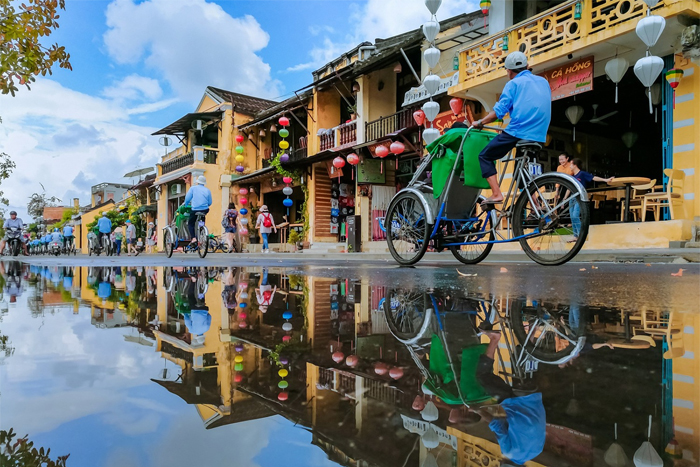
Central Vietnam in January enjoys mild temperatures, typically ranging between 20–25°C, making it perfect for exploring cultural sites and charming streets. Hoi An enchants visitors with its lantern-lit evenings, riverside cafés, and beautifully preserved architecture, while Hue offers the historical grandeur of the Imperial Citadel, pagodas, and royal tombs. Da Nang combines cultural experiences with coastal beauty, from the Marble Mountains to My Khe Beach. Though rain is rare, carrying a light rain jacket is advised. January is an ideal month for photography, as the skies are clear and tourist crowds are smaller compared to the summer months.
c. Southern Vietnam - Phu Quoc, Mekong Delta, Con Dao
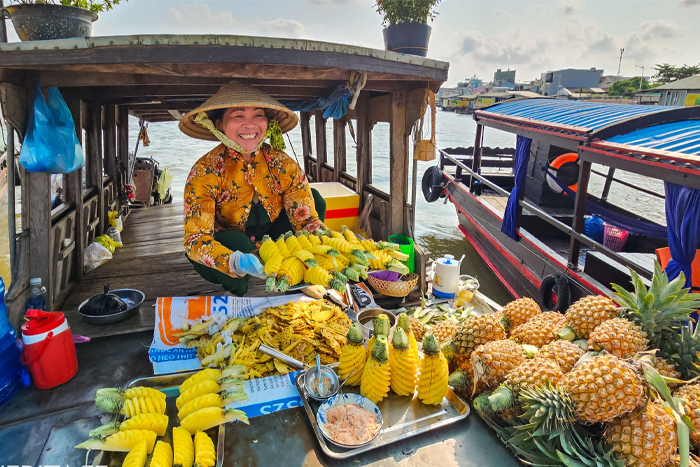
Southern Vietnam is another highlight of the top 10 places to visit in January, with sunny days and warm temperatures around 28–32°C, perfect for beach activities and island hopping. Phu Quoc offers soft sandy beaches, vibrant nightlife, and snorkeling adventures, while the Mekong Delta showcases traditional river life, floating markets, and lush fruit orchards. Con Dao provides an off-the-beaten-path experience with pristine beaches and historical landmarks. Travelers are advised to book accommodations early, as January is a peak season for these popular beach destinations.
2. Thailand
a. Northern Thailand - Chiang Mai & Chiang Rai
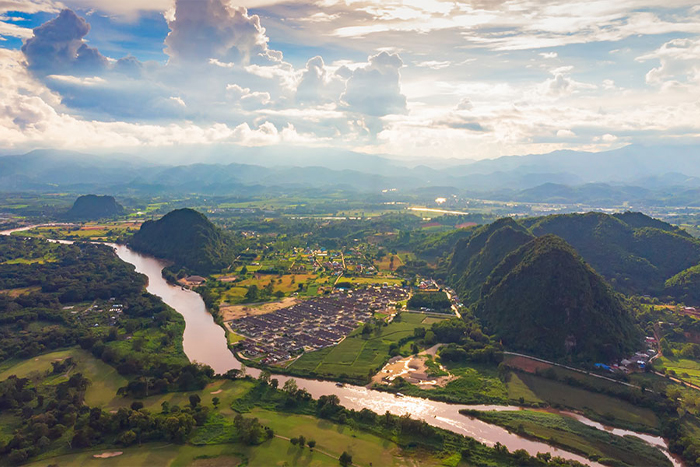
In January, Northern Thailand experiences dry, cool mornings and evenings, ideal for outdoor activities and cultural exploration. Chiang Mai offers trekking through scenic hills, visits to ethical elephant sanctuaries, and vibrant night markets. Chiang Rai captivates with its unique White Temple (Wat Rong Khun), the Golden Triangle, and picturesque tea plantations. Participating in local flower festivals or visiting hill tribe villages adds an authentic cultural dimension to the trip.
b. Bangkok & Central Thailand
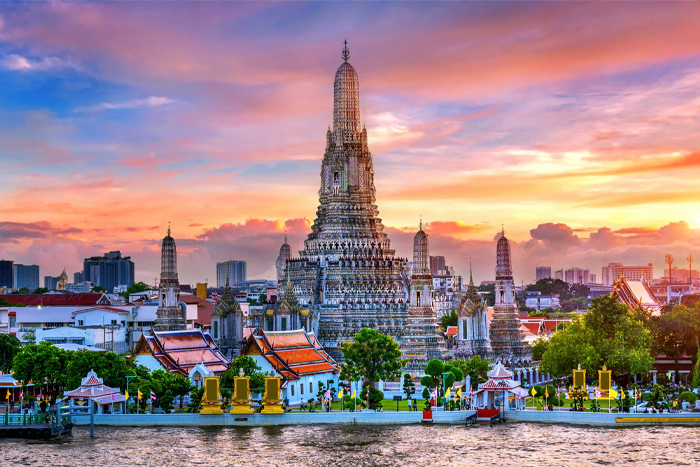
Bangkok is another must-see among the top 10 places to visit in January, with pleasant weather ideal for sightseeing. Travelers can wander through the Grand Palace, Wat Pho, and floating markets while enjoying vibrant street food like mango sticky rice and boat noodles. River ferries provide a convenient and scenic way to navigate the city while avoiding traffic. With cooler, dry conditions, this is the perfect month for sightseeing and city exploration.
c. Southern Thailand - Islands (Phuket, Krabi, Koh Lanta, Koh Phi Phi)
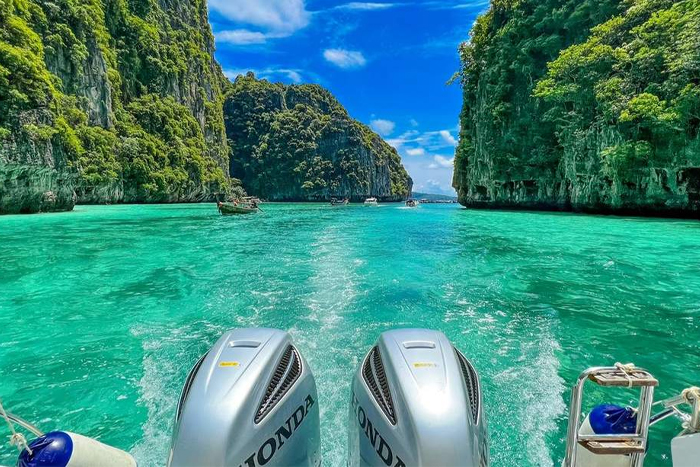
Southern Thailand’s islands are widely recognized as part of the top 10 places to visit in January in Southeast Asia, with calm seas, sunny skies, and warm temperatures perfect for beach activities. Phuket, Krabi, and Koh Lanta offer pristine beaches, snorkeling, and kayaking through limestone cliffs. Koh Phi Phi is famous for its lively nightlife and stunning viewpoints. Given that January is a busy month, travelers should book ferries and accommodations in advance to secure the best options.
3. Cambodia
a. Siem Reap & Angkor Wat

Cambodia’s dry season makes January the perfect time to explore Siem Reap and the iconic temples of Angkor Wat. The comfortable temperatures of 25–30°C allow visitors to enjoy sunrise over Angkor Wat with clear skies for stunning photography. Angkor Thom and Ta Prohm (“Tomb Raider Temple”) offer immersive historical experiences. Hiring a local guide enhances the trip by providing cultural context and pointing out hidden details that often go unnoticed.
b. Southern Coast - Sihanoukville & Koh Rong

Sihanoukville and Koh Rong are sunny, warm, and ideal for beach lovers in January. Koh Rong offers quiet, undeveloped beaches perfect for relaxation, while Sihanoukville provides a livelier scene with easy access to diving and snorkeling activities. Travelers looking for solitude and a slower pace will find Koh Rong particularly appealing.
4. Laos
a. Luang Prabang
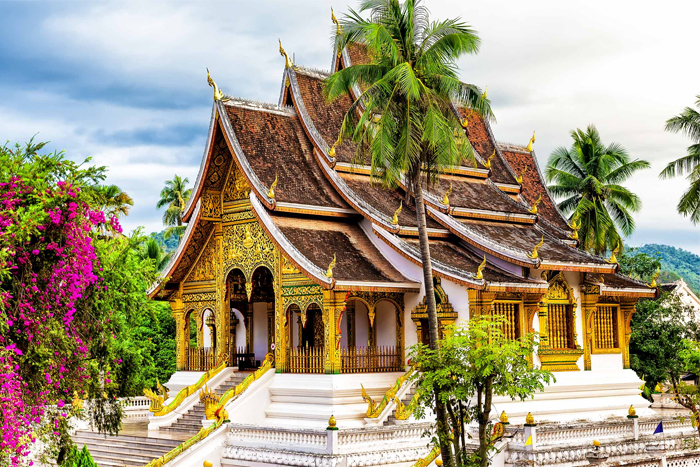
January in Luang Prabang is cool and dry, making it perfect for leisurely exploration of this UNESCO World Heritage city. The Mekong River offers serene sunset cruises, and local markets provide a glimpse into the city’s rich culture and daily life. Buddhist ceremonies and temple visits add a spiritual dimension to the trip, making it an ideal place for travelers seeking both relaxation and cultural immersion.
b. Vang Vieng
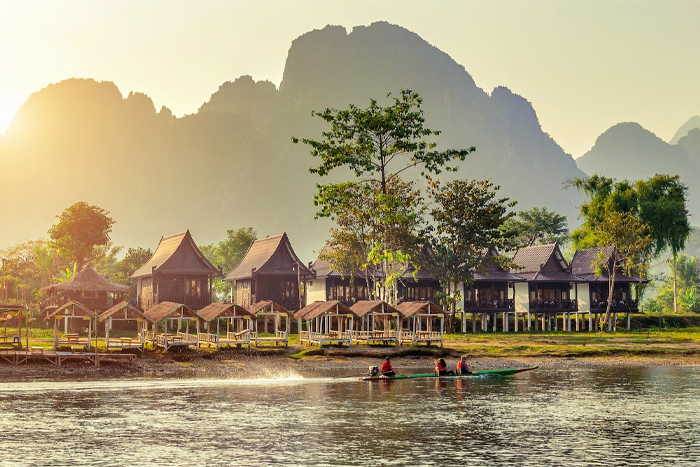
Vang Vieng’s limestone karsts and winding rivers are best experienced in January when skies are clear and weather is calm. Adventure activities such as kayaking, tubing, and hot air balloon rides allow visitors to enjoy the scenery from multiple perspectives. Staying in riverside bungalows offers a relaxing base, with nearby caves and waterfalls providing day-trip options for nature lovers.
5. Indonesia (Bali)
a. Bali - Ubud, Seminyak, Uluwatu

Although Bali can experience occasional showers in early January, the island is generally warm with fewer crowds compared to December. Ubud provides picturesque rice terraces, wellness retreats, and cultural experiences, while Seminyak offers vibrant nightlife and trendy cafes. Uluwatu’s cliff temples and Kecak fire dance performances showcase Bali’s unique heritage. Visitors are advised to schedule temple visits in the morning or late afternoon to avoid crowds and enjoy cooler temperatures.
> Best country to visit in January in Asia
III. Suggested itineraries to explore Southeast Asia in January
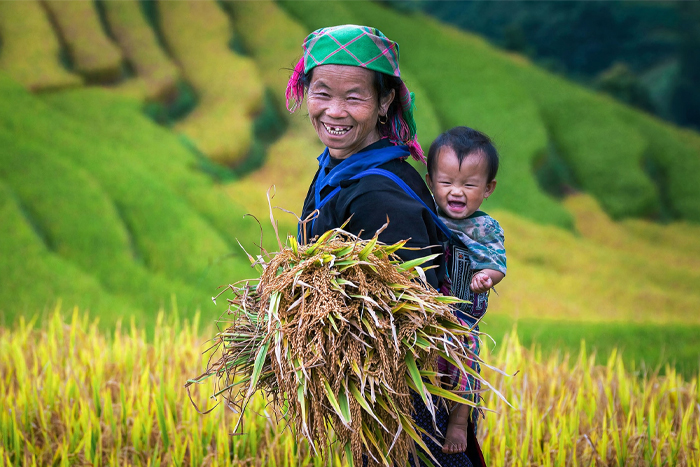
> 30-day Laos Vietnam Cambodia
> 15-day Vietnam Cambodia Laos itinerary
> Vietnam and Cambodia Tours
> Indochina Tours
> Vietnam Thailand Tours
> Vietnam Laos tours
🌤️ 1. Weather Overview (January)
Vietnam (North): Cool, dry - ideal for Hanoi, Ha Long, Sapa (10–20°C). Bring warm clothes for the mountains.
Vietnam (Centre & South): Sunny, dry - perfect for Da Nang, Hoi An, Nha Trang, Phu Quoc, Ho Chi Minh City.
Thailand: Peak season - clear blue skies, great for Bangkok, Chiang Mai, Phuket, Krabi.
Laos: Dry and comfortable - Vang Vieng, Luang Prabang, Pakse are perfect.
Cambodia: One of the best months - dry and sunny for Angkor Wat & beaches (Koh Rong).
Bali (Indonesia): Rainy season - short tropical showers but still warm and lively.
🧳 2. What to Pack
Light clothing + breathable fabrics
A light jacket for North Vietnam & North Laos
Good walking shoes
Swimsuit & sunscreen
Waterproof jacket or poncho (especially for Bali)
Mosquito repellent
We hope the information in this guide helps you plan your trip and fully enjoy the amazing experiences that Southeast Asia has to offer in January. From the misty terraced rice fields of northern Vietnam and Laos to the golden beaches and tropical islands in the south, Southeast Asia provides a wide variety of options for every type of traveler.
If you need additional support in building your itinerary, booking flights or trains, choosing hotels, or discovering unique experiences tailored to your interests, don’t hesitate to contact Autour Asia, Vietnam tour agency. Our team is ready to provide personalized advice, helping you make the most of your time, budget, and adventures so that every moment of your journey is unforgettable.
This may attract you:
> 45-day Vietnam Laos Cambodia itinerary
> Family 2-week trip Vietnam
>Cambodia where to stay ?
> 21-day Vietnam Laos Cambodia trip
When traveling to Southeast Asia in January on an organized tour, pack light and practical items to stay comfortable in the region’s warm, tropical climate. Choose breathable clothing such as cotton or linen, along with a light jacket or sweater for cooler evenings in the north. Comfortable walking shoes are essential for sightseeing, while sandals are perfect for beach days. Remember to bring sun protection like sunscreen, a hat, and sunglasses, as well as insect repellent for outdoor activities. A small backpack for day trips, a reusable water bottle, and a universal power adapter will also make your journey smoother and more convenient.
Yes, January is a lively month filled with festivals and cultural events across Southeast Asia. In Thailand, the Chiang Mai Flower Festival showcases stunning floral displays and parades, while Vietnam begins preparing for Tet (Lunar New Year) with colorful markets and decorations. In Cambodia and Laos, local temple fairs and traditional dance performances bring communities together. Myanmar celebrates the Ananda Pagoda Festival in Bagan, one of its most important Buddhist events, and in Indonesia, the Bali Arts Festival continues to highlight traditional dance and music. These celebrations offer travelers a unique chance to experience the region’s rich culture, spirituality, and festive atmosphere while connecting with local traditions.
Yes, you can definitely combine multiple countries in one Southeast Asia trip. The region is well-connected, compact, and easy to travel around, making cross-border journeys both convenient and affordable. Many travelers choose routes like Vietnam Cambodia Thailand or Thailand Laos Vietnam, where you can move smoothly between countries by flight, bus, or even river cruises. Low-cost airlines such as AirAsia, Vietjet Air, and Bangkok Airways offer frequent and inexpensive flights, while land routes provide a more immersive, local experience. Traveling through multiple countries allows you to enjoy diverse cultures, cuisines, and landscapes - all within a single, unforgettable Southeast Asia adventure.
Related travel guide
Other similar articles
CUSTOMIZABLE BY LOCAL EXPERTS
Personalized trip at the original price!
REFUND GUARANTEE
We believe in our work and promise to give you money back.
GOOD PRICE / QUALITY
95% satisfied more than expected!
24/7 LOCAL SUPPORT
We are always available online to provide assistance at any time.
Most read articles
Autour Asia is highly recommended on
Embracing the mission of "Satisfied more than expected" and providing authentic experiences, we have received numerous recommendations on reputable travel forums:











